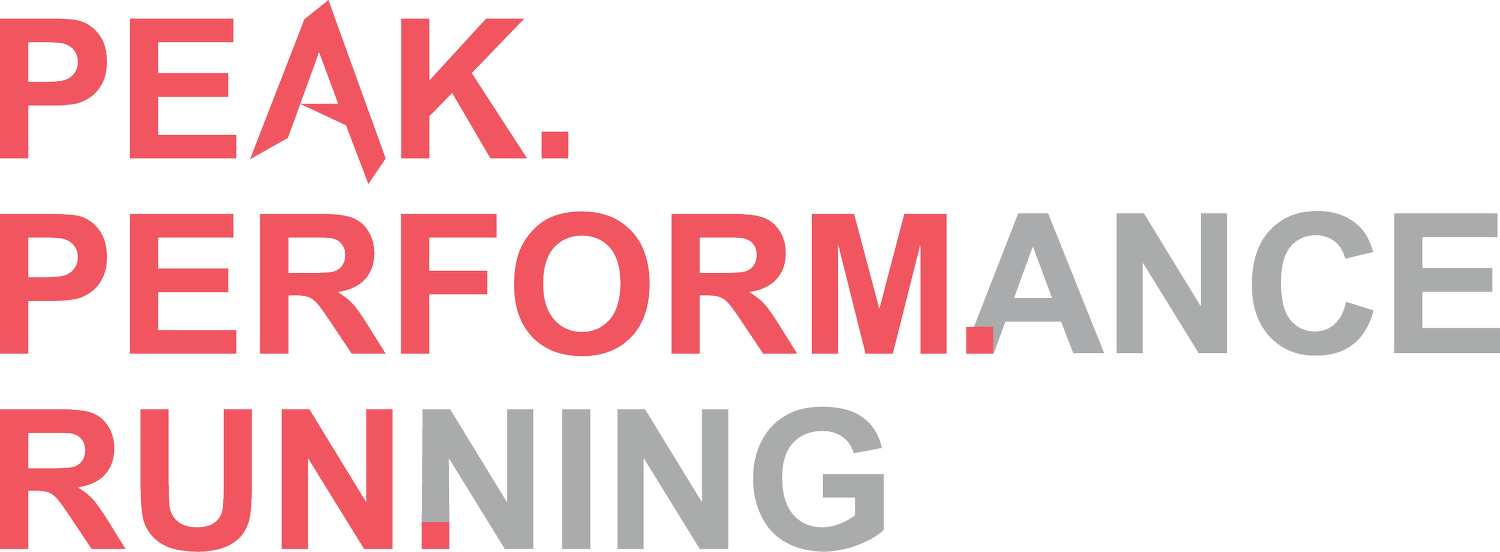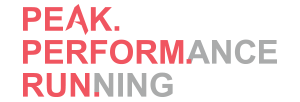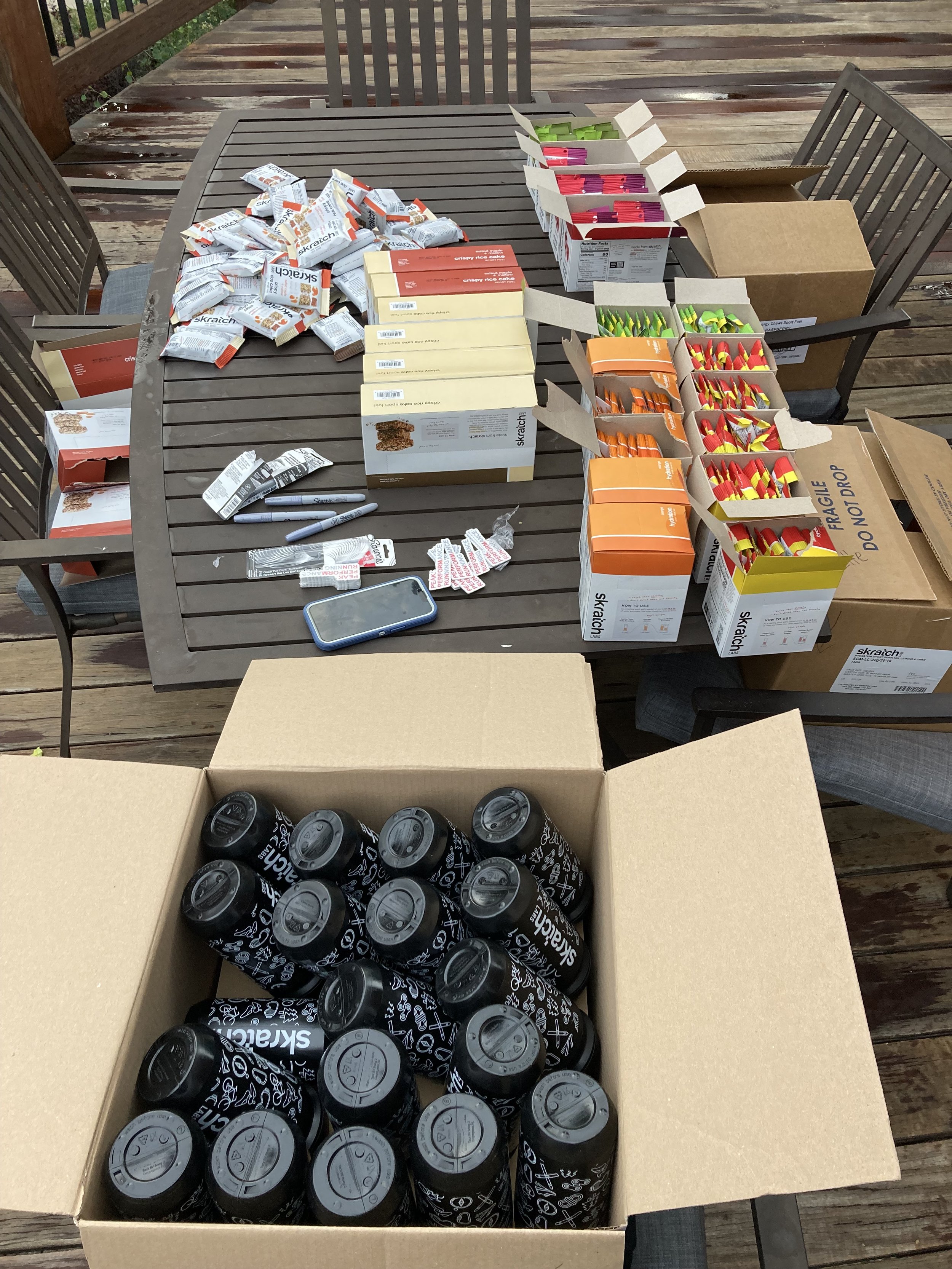Segment 2: Racing in the Heat
Hydrate and Fuel
This just in from the mayor of Bonk City: “population is 0, a world record low”. We’d like to help keep you out of Bonk City this year, and more importantly, help you crush those hot runs and especially perform in your races. Hydrate and more importantly - hydrating with electrolytes can dramatically improve your daily runs and race times in warm conditions.
The average athlete loses 1200mg of sodium in a 60-minute run and with heat and humidity coming into play in a race scenario - you need to be conscious of replacing what you’re losing. By the time you race you’ve warmed up for 20-plus minutes, add in dynamics and strides plus the race itself, and cool down, the average athlete is moving for 60-80 minutes on race day.
Take into consideration your weekly training volume in the heat and your time at school - most athletes come into races and workouts under-hydrated, and often under-fueled. Let’s talk about a few strategies to improve your caloric intake and hydration practices so you can perform at your best.
Live Interview: Mayor of Bonk City - Stephen Zukowski
Successful Fueling Practices
Use these practices as a general rule before practices, workouts, and races. You simply cannot expect to perform if you don’t have fuel in the tank. It doesn’t have to be complicated or difficult to implement. To keep it simple - you can make a big impact on your racing if you’d simply increase your electrolyte intake and have a simple snack 30 minutes out. You can take things step further when you start to dial in additional aspects and learn what your body needs. Let’s agree on a simple rule for future segments - what’s measured can be managed. When you start to look at what works, you can start to optimize and strategize.
3-4 Hours out from Competition
Real cooked food. For afternoon races, this means a full meal of 600-1000 calories. This can be as simple as a sandwich, fruit cup, veggies and hummus, and some chips. The “what” isn’t nearly as important as the practice of getting in calories, you can optimize by figuring out what helps you feel full and sustaining the whole day until you race. Your caloric demands will change day to day depending on the prior day’s workouts, stress load, and sleep. Carbohydrates are a runner’s best friend! Fats and Protein are slower to digest and help you feel full and satiated so don’t be afraid to double up on the turkey in your sandwich or add an avocado to your pasta salad to help you feel full all afternoon. Be cautious of high fat or high protein in close proximity ( 60 minutes or less) to your races - they take time to digest and partially digested food leads to a stomach ache!
Fueling Options:
A full lunch - Sandwich, Fruit, veggies, hummus chips, pretzels or nuts
Veggia Pasta Salad with ham, tuna, or chicken + fruit + pretzels or nuts
Pasta with light sauce and protein - beef or chicken, side of veggies + fruit + chips or pretzels
Rice with protein + veggies + fruit + chips, pretzels, or nuts
90 Minutes from a Competition
The closer you get to a competition, the simpler your fueling options need to get. You need to shift your focus from feeling full to feeling like you have enough fuel to accomplish the task at hand. This means accomplishing the task without compromising your warm-up routine. Quite often, athletes skip or shorten a warm-up because they’re worried about using too much energy. Simply put, you need to fuel your body for the full task and not try to preserve your body’s energy for the race itself, if you’re worried about having enough energy to race a 5K - you need to rethink how you are fueling your body - plain and simple.
This is an optimum time to increase your hydration load and intake 300-500mg of sodium and 15-30g of carbs. A single Skratch single serve packet has 80 kCal, 20gCarb, 380mg Sodium
Fueling Athletes for a 3+ Hour Day at Camp
Fueling Options (Keep it simple!)
Graham Cracker(s) with Peanut Butter (1-2 TBSP)
1/2 Bagel with 1-2TBSP of Peanut Butter + 1 TBSP of Honey
Consider Bananas here too
Berries, Crackers, and Granola Bar
Be careful with more than 10g of Protein in a Bar
Popcorn, Pretzels, Goldfish, Dry Ceral
Hydration like Skratch, Liquid IV, or lemon/salt water
Rice Cake, Waffle, Potato Pancakes
30 Minutes or less from a Competition
If you find yourself close to competition and you’re feeling under-fueled or have had limited options during the day to eat or fuel your body, you can use a few strategies to fuel for competition and prevent you from populating Bonk City. The body is now in a heightened state before a competition and is going to demand carbohydrates as its main source of fuel for the 5km you’ll be racing. Your choices are pretty limited and the volume you can take in is limited as well. If you’ve ever tried to cram in a few miles after a small meal or had gym directly after lunch - you don’t feel like running, or racing for that matter. You’re best utilizing a packaged performance gel, drink mix, or bar to fuel your race or workout. Athletes who have optimized a fuel plan may fuel inside the 30-minute pre-competition window as a developed habit, some athletes have left it as their only choice. Go back to square one - what is measured can be managed!
Pre-Competition Fuel:
Skratch Chews (160kCals, 38g Carbs, 70mg Sodium)
Skratch Mallow ( 180kCals, 35g Carbs, 100mg Sodium)
Gu Gel ( 100kCal, 22g Carbs, 0mg Sodium)
Honey Stinger Waffle (140 Kcal, 23g Carbs, 90mg Sodium)
SKratch Single Serve + 16 oz Water (80Kcal, 20g Carbs, 380mg Sodium)
Refueling after Training or Competition
Let’s cut to it - under-fueling = underperformance in the short term and long term. It’s important to understand what you’re eating and what you are burning. Your mindset after you’re done training for the day is to ask yourself: ” How will I set myself up for success tomorrow”. This is how the best athletes approach every aspect of training, not just nutrition. There is often a weird air or taboo when it comes to talking about calories, and food in the running world. What matters most is that you’re refueling and getting enough each and every day to maintain your training as a high-performance human. Understanding how much you burn is essential to understanding how much you need to refuel your body. You don’t need to analyze your intake and output every day. You need to be curious enough to determine if you’re under-fueling and understand if your fueling is playing a role in how you feel when you work out and perform.
Metabolic Burn in Running
.73x body weight in lbs + 20% = total caloric burn
For a 140lb person on a 5-mile run = 510 kcals + 20% = ~600kcals
To properly refuel, they would need to ingest 600 Calories to properly refuel their body, simple as that.
Looking for more information on nutrition?
Colette Vartanian from Skratch Labs has worked closely with our team at our High Altitude Camps and has helped us create a fueling strategy that works for 2-3 hours of continuous activity. She created a tool that helps athletes focus on creating 5 habits for consistent fueling. This tool is a great resource with a few small easy meals that are worth adding in to your daily meal routine. If you can download this tool below. You can reach Colette at colette.v@skratchlabs.com
Managing your effort in the heat
Don’t skip the warm up
That hot, hot heat! You might think that going in without warming up would be a great idea because you’re staying cool and unless it’s extremely hot, you should complete a full warm up. This means your full 15-20 minute jog with strides and intervals, a dynamic warm up, and strides. You should hydrate during your warm up and do your best to put out an effort that is truly easy and aerobic in the heat. Your warm up will tell you a lot about what kind of effort is possible that day
Set your mindset
It’s easy to get negative when you think about racing in the heat. Remember that you’re not the only athlete experiencing this perceived disadvantage. Heat and Humidity are things you simply don’t control and they apply to everyone racing, so don’t set yourself up for a disappointment by telling yourself you need to PR on a hot August Afternoon. Any of my athletes will tell you that if they come to me after a hot race and mope about the time the first they get back from is: “Can you control the heat?” This usually helps shift thinking to a 10,000 ft. perspective and understanding what went right. The next hot race, we talk about how to better manage and pace the race. Your warm up will tell you a lot about what kind of effort is possible that day.
How do I pace my race?
There is no easy answer or algorithm where I can tell you that at 82 degrees and 63% humidity you will run ~ 6.3% slower. I know a few people who could probably figure it out but that thinking won’t serve you anyways! If you go back to Segment 1, you’ll be reminded that setting an objective is key. Your objective in the heat is to go out conservatively and progress your effort throughout the final 2 miles. Quite often, the heat won’t really catch up with you until you are ~ 10 minutes into the race. A page out of Jay Johnson’s coaching book: Fast, Faster, Fastest - not a bad way to approach a 3 mile race early on. How will you know what kind of effort to start with? Your warm up will tell you a lot about what kind of effort is possible that day. If you’re struggling in the warm up, you’ll really need to step off the gas, and take it section by section!






